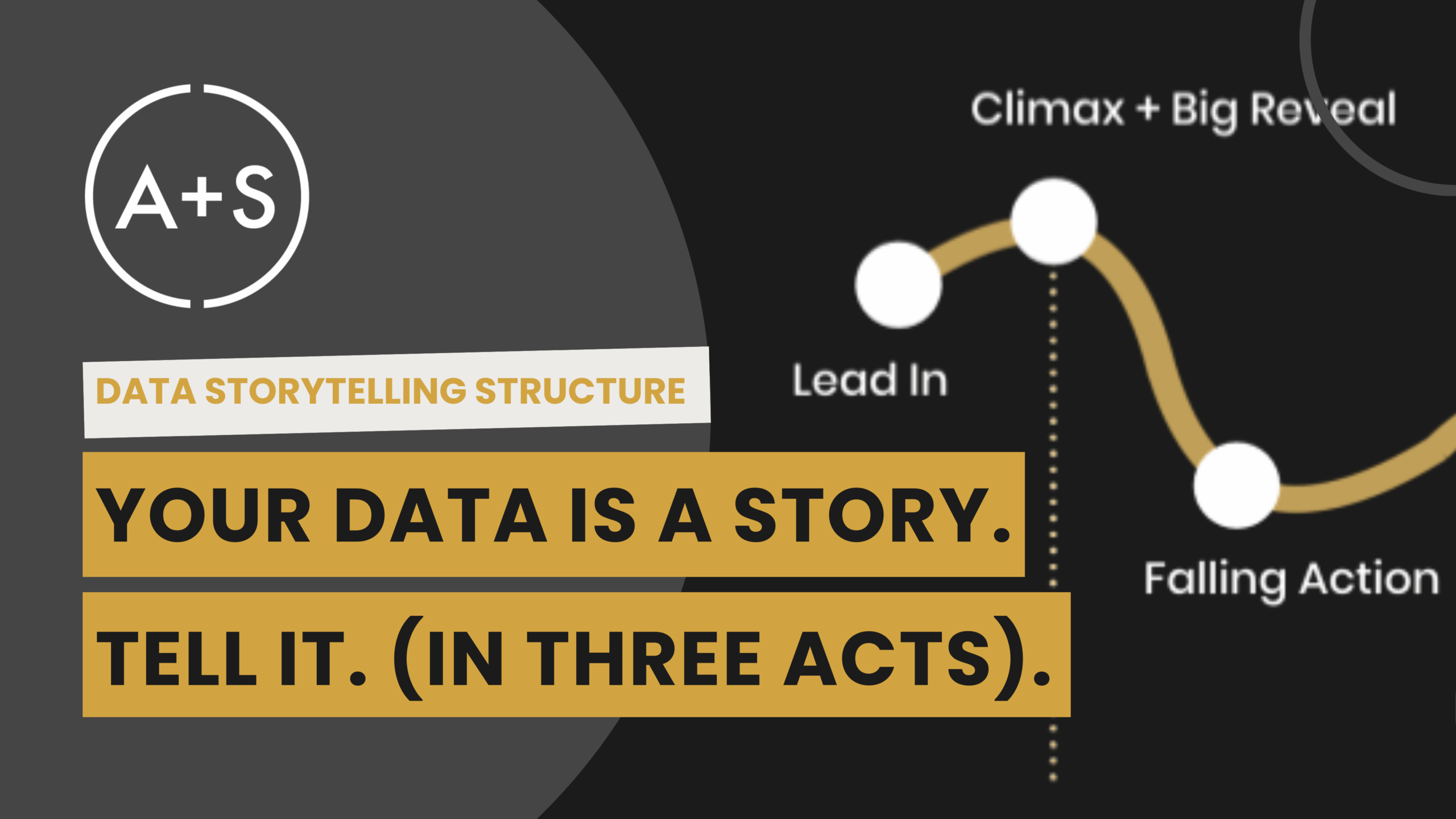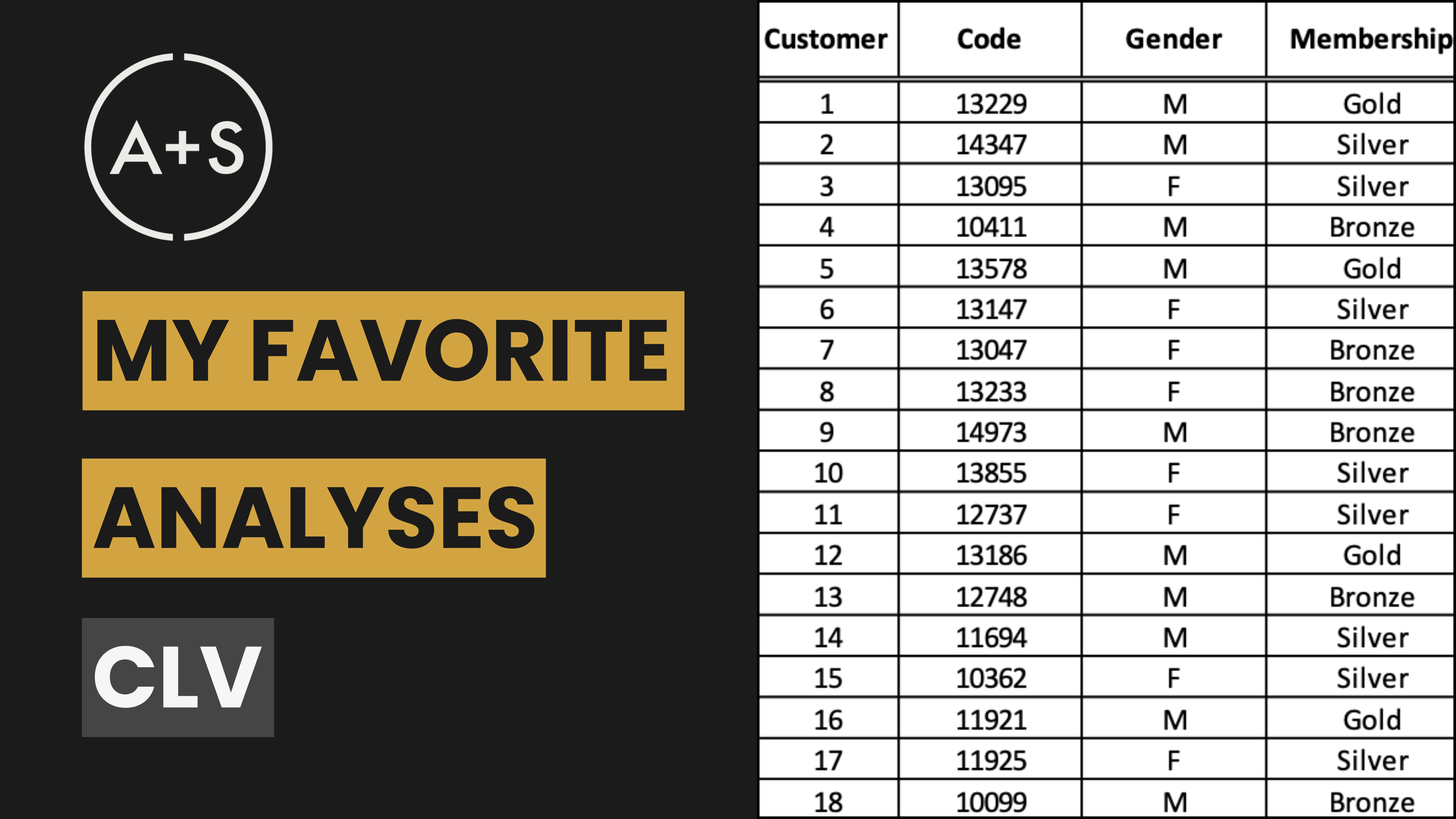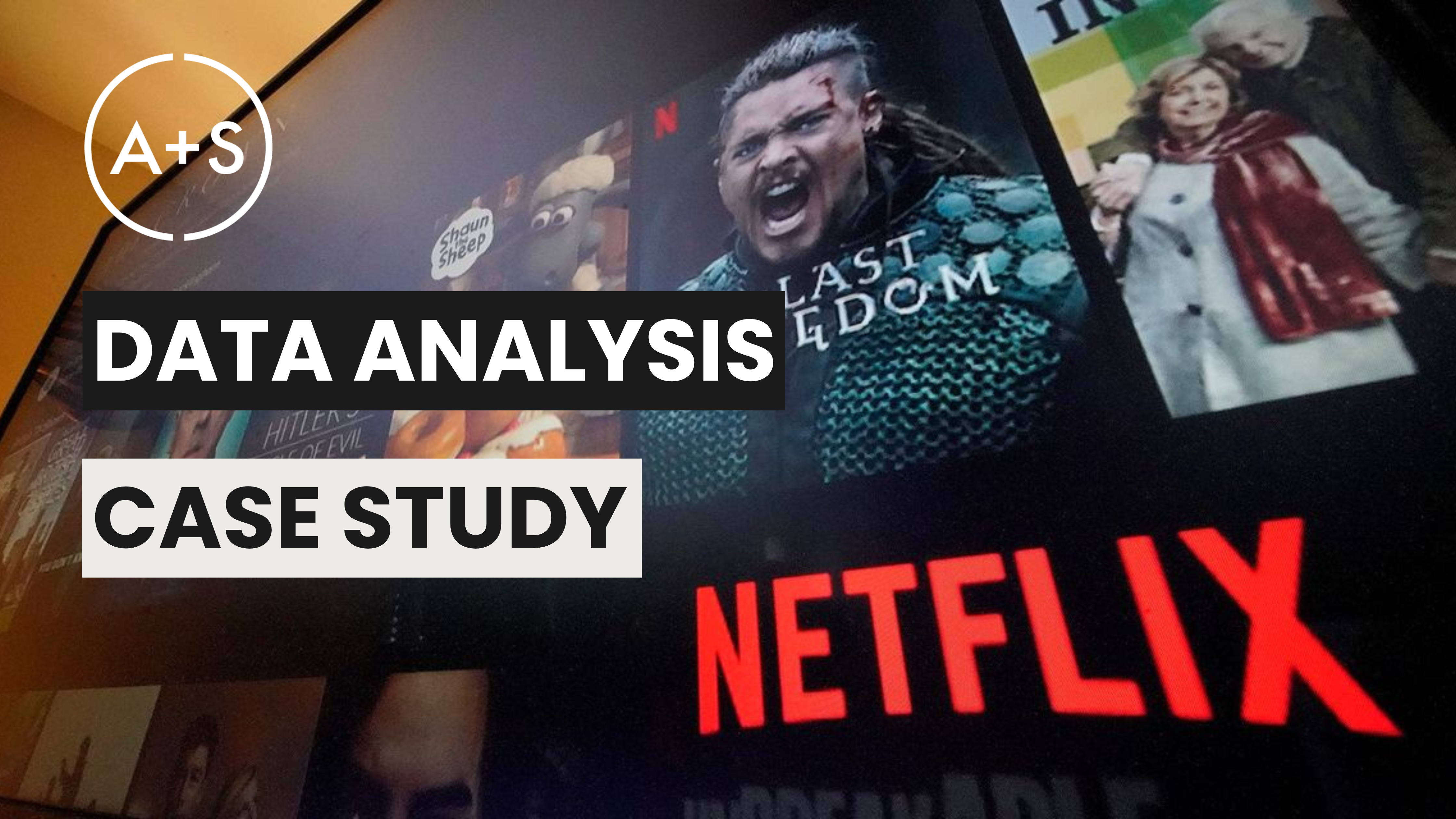We have established a hard rule. You will no longer deliver a complex, interactive dashboard and expect your stakeholder to find their own insight. That approach is an abdication of your core responsibility. It makes you a tool provider, not a strategic partner. Your job is to deliver the story: a focused, opinionated narrative that reveals the answer.
Many of you asked the logical next question: How? How do I build this story? You feel the pressure to deliver a narrative, but you lack the architectural plans. You are being asked to be an author without knowing the rules of storytelling.
Today, I give you the blueprint. This is not a suggestion. It is a repeatable, battle-tested framework for turning raw analysis into a persuasive narrative. We are going to translate the timeless structure of storytelling into analytical influence. Forget everything you think you know about presenting data. Your new job title is narrative architect.
THE CORE CONCEPT
Every great story, from a blockbuster film to a courtroom drama, follows the same fundamental pattern. The three-act structure. It is the engine of human persuasion. It works because it mirrors how we process information and make decisions. We are now commandeering it for data analysis.
Act I is the Rising Action. This is where you establish the stakes. You define the world as it is, introduce a disruptive force, and build apprehension. For an analyst, this is the context. It answers the question, “Why are we here, and why does this matter right now?” Without this, your analysis has no anchor. It is just a number floating in a void. The Rising Action makes the audience lean in, invested in finding a resolution.
Act II is the Climax. This is the moment of truth. It is the pivotal insight, the groundbreaking discovery that changes everything. In a movie, it is the hero’s critical choice. In a courtroom, it is the presentation of the smoking gun. For an analyst, this is your core finding. It is the single, direct answer to the burning question in your audience’s mind. The Climax is not a collection of interesting facts. It is a single, powerful point of arrival.
Act III is the Falling Action. This is the resolution. It lays out the consequences of the Climax and illuminates the path forward. It answers “So what?” and “Now what?” For your stakeholders, this is where the proof supports the insight and connects to a decision. The Falling Action doesn’t just present the truth; it makes the correct course of action feel logical, inevitable, and urgent. It transforms your analysis from an observation into a mandate.
STRATEGIC FRAMEWORK
This three-act structure is not an abstract theory. It is a buildable system. We will construct it using two core components: the SCQM framework for the Rising Action, and Key Lines with Support for the Climax and Falling Action.
Pillar 1: The SCQM Framework (Your Rising Action) This is how you open your story. It is a simple, four-part sequence that establishes the scene and provides the essential background.
- S – Situation: State the stable, known reality. This is the objective, non-controversial context. “Our customer retention rate in Q2 was 85%.”
- C – Complication: State the disruption. This is the event that creates instability and forces a choice. “In July, our top competitor launched a new loyalty program.”
- Q – Question: State the strategic choice that arises from the Complication. This is the explicit business problem you were asked to solve. “How must we adapt our retention strategy to defend our customer base?”
- M – Main Message: State your answer. This is the thesis of your entire analysis, delivered upfront. It is the unmissable destination your narrative drives towards. “We must launch a targeted engagement campaign for at-risk customers, as the competitor’s program only appeals to a narrow, price-sensitive segment.”
This SCQM structure immediately frames your work. It shows you understand the business context and have a clear, direct answer. The tension is built. The audience is ready for the proof.
Pillar 2: Key Lines & Support (Your Climax & Falling Action) Your Main Message is a bold claim. You must now prove it. You prove it with your core conclusions and supporting findings.
- Key Lines (The Climax): These are your core conclusions. They are the two to three foundational arguments that, if true, make your Main Message undeniable. Each Key Line is a declarative statement from your analysis. For the Main Message above, your Key Lines might be: “1. The competitor’s program only rewards high-frequency, low-margin purchases.” and “2. Our most valuable customer segment is motivated by service quality, not discounts.”
- Support (The Falling Action): These are your findings—the irrefutable facts that prove each of your conclusions. Do not show all your work. Show the one thing that matters most. For Key Line 1, the Support is the chart showing the spending habits of customers who defected. For Key Line 2, it is the survey data correlating LTV with service ratings. This is the logical cascade of proof: Your findings support your conclusions. Your conclusions, in turn, support your Main Message.
THE ANALYST’S PLAYBOOK
This framework is not theoretical. It is your new workflow. Follow these steps for every significant analytical request.
- Isolate the Core Question. Before you run a single query, define the business decision at stake. Use the “Ask Behind The Ask” technique. What specific action will be taken based on your findings? This becomes the ‘Q’ in your SCQM.
- Conduct Your Analysis. This is your domain. Go deep. Explore the data. Find the signals. This part of the process does not change. Your goal is to find the truth hidden in the noise.
- Declare Your Main Message. Once you have your findings, stop. Do not start making charts. Formulate your answer to the Core Question into a single, declarative sentence. This is the hardest step. It requires courage. You must take a stand. This becomes your ‘M’.
- Construct the SCQM. With your ‘Q’ and ‘M’ defined, write the ‘S’ (Situation) and ‘C’ (Complication). This sequence provides the essential business context for your message. It is the first slide in your deck or the first paragraph of your memo.
- Define Your Key Lines. Look at your analysis. What are the two or three core conclusions that logically lead to your Main Message? Write them down as simple, powerful statements. These are the pillars of your argument.
- Select Your Support. For each Key Line, choose the one finding—the one chart or number—that proves it with the most force and clarity. This is an act of curation. You must resist the urge to show everything. Your job is to provide overwhelming proof, not overwhelming detail.
- Author Your Narrative. Assemble the pieces into a coherent, persuasive flow tailored to your audience. The structure is flexible, but it must match their needs. Consider these two common approaches:
- The Direct Approach: Best for time-crunched executives, present the entire SCQM on your first slide. Follow with slides dedicated to each Key Line and its supporting chart.
- The Storytelling Approach: To build suspense and impact, present the SCQ on your first slide to establish context. Then, reveal your Main Message on its own dedicated slide before presenting your proof.
The goal is always the same: you have replaced a meandering data dump with a clear, logical story that drives toward a decision.
FINAL THOUGHT
A dashboard is a tool for exploration. A story is a tool for decision. This narrative structure is your blueprint. But a blueprint is only powerful when you see the building it can create.
Next week, I will share a real-world case study showing how this exact framework transformed a confusing analysis into an undeniable, funded mandate.
After that, we will talk about how you can master this process for yourself. Stop delivering data and start delivering the story.
Keep Analyzing!




